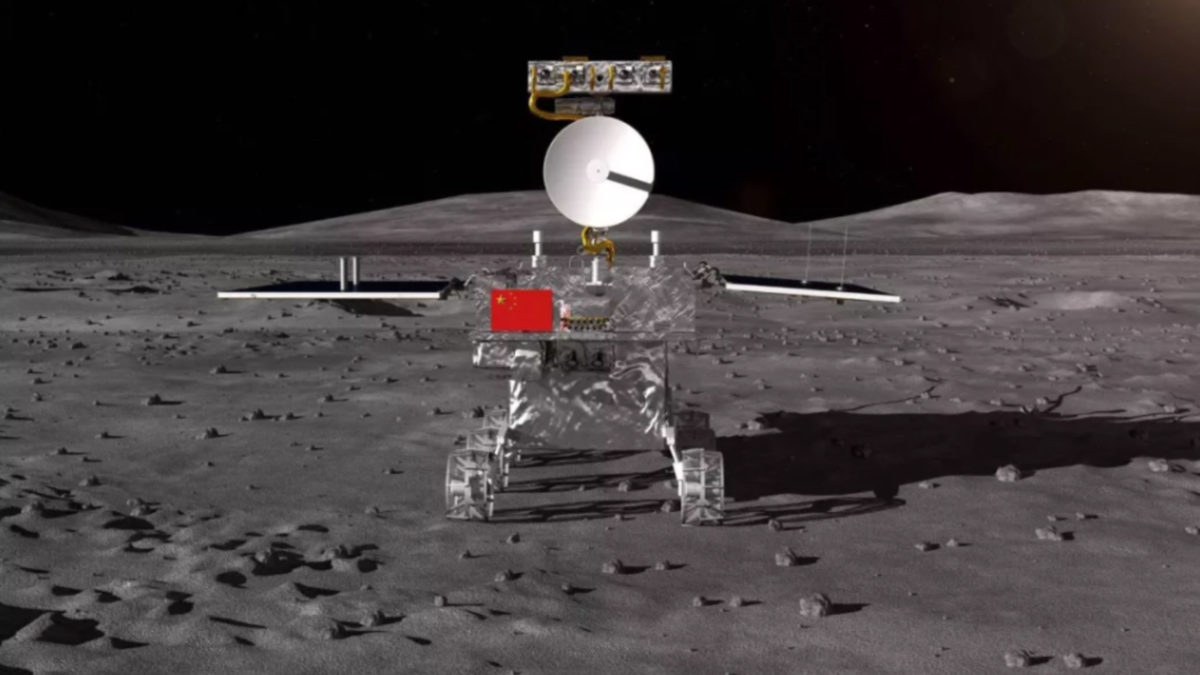A closer look at the moon as “proving ground” for Mars exploration
By Cat Hofacker|August 5, 2019
Can lunar exploration really help prepare for eventual missions to the red planet?
Anyone who follows the debate over whether the U.S. should return to the moon in 2024 hears the following all the time: The moon is a proving ground for an eventual human mission to Mars.
“Ultimately, exploration of the moon and Mars is intertwined,” NASA Administrator Jim Bridenstine told lawmakers at a July hearing, according to a livestream. “The moon is a testbed for Mars, providing an opportunity to demonstrate new technologies that are necessary for crewed Mars missions.”
My interviews with scientists and engineers suggest that the proving-ground rationale comes with some limits, given the moon’s weaker gravity, thinner atmosphere and other differences with Mars.
It’s only at a fundamental level that the proving-ground analogy shines.
“To get to Mars, you just wouldn’t send someone to Mars, right?” said Kerri Donaldson Hanna, a planetary geologist and professor at the University of Central Florida.
“You would want to send them somewhere close [where] they could use techniques and instruments and test them so that when they get to Mars, they’ll know how to work them.”
Near the top of the list would be the equipment and techniques one would need for extracting and utilizing another planetary body’s resources. NASA will practice with these at the moon, Bridenstine has said.
In many cases, however, the lessons do not translate in a direct sense to a Mars mission.
“The local environmental conditions on the moon are more extreme than on Mars in terms of temperature, pressure and nature of the regolith. Based on this I would say it is easier to take mechanisms designed for lunar conditions and adapt to Martian conditions than the other way around.”
Richard Fisackerly, European Space Agency
Consider a drill. Digging beneath the moon’s abrasive soil or regolith requires a drill bit that can pierce the surface and also withstand temperatures ranging from minus-170 degrees to 120 degrees Celsius, depending on where the sun is shining. The moon experiences a wider range of temperatures than Mars because its lack of atmosphere prevents it from trapping heat on the surface. Comparatively, Martian regolith is “more similar to some materials” found on Earth, said Richard Fisackerly, project manager for PROSPECT, or the Package for Resource Observation and in-Situ Prospecting for Exploration, Commercial exploitation and Transportation, which the European Space Agency plans to launch in the early 2020s.
The difference in a drill for the moon versus Mars ultimately comes down to what it’s collecting, Fisackerly said. For sample collection, “moon and Mars drills can look very similar, but for more heavy-duty exploration and resource utilization applications, which is more likely in the near term on the moon than on Mars, the systems can look quite different.”
“The local environmental conditions on the moon are more extreme than on Mars in terms of temperature, pressure and nature of the regolith,” Fisackerly said. “Based on this I would say it is easier to take mechanisms designed for lunar conditions and adapt to Martian conditions than the other way around.”
That doesn’t mean the moon can completely prepare NASA and others for Mars exploration, though. Consider landing and taking off from Mars. The Martian atmosphere is 100 times less dense than Earth’s, while the moon’s is practically nonexistent. That difference in pressure changes “how spacecraft land on the surface and how materials might be launched off the surface,” Donaldson Hanna said. “In that regard, you can’t really prepare for a Mars landing of materials on the moon.”
Still, the proving-ground rationale remains a strong incentive. Whatever NASA is able to test on the moon “makes our journey to Mars much easier to accomplish,” the agency’s chief scientist, Jim Green, told me in May.
Of course, the moon also fascinates some scientists in its own right. Bridenstine, in remarks at the 2019 Space Symposium in Colorado, described the moon as “repository of information and knowledge about the formation of our solar system that goes back billions of years.”
Donaldson Hanna noted that robotic probes have “uncovered so many things we didn’t know in the Apollo era,” and said there’s still much to discover about the moon.
“If we learned so much new stuff in the past 10 years from [robotic] spacecraft, what are we going to learn when we actually get to the surface?” she said. “I think that’s really exciting.”





